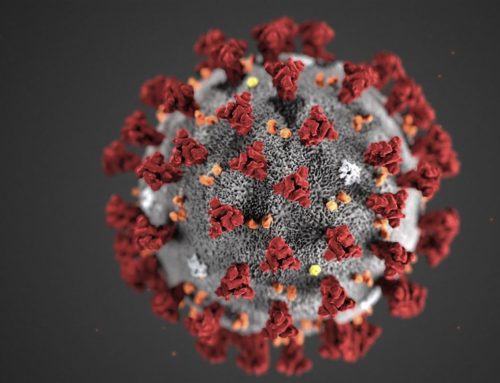This is a wonderful study done in Germany. It is one of the first actually done by independent sources; the way research used to be done before big money got involved. In my clinical experience, I have noticed that unvaccinated children tend to have far less ear infections. In fact, I can only think of one case where an unvaccinated child had an ear infection and that was after he had fallen and hit his head. That disrupted the circulation of fluid in his skull and the infection was the result.
I have highlighted a few lines that I feel are important.
Dr. Todd
New Study: Vaccinated Children Have 2 to 5 Times More Diseases and Disorders Than Unvaccinated Children
Preventable Vaccine-induced Diseases
A German study released in September 2011 of about 8000 UNVACCINATED children, newborn to 19 years, show vaccinated children have at least 2 to 5 times more diseases and disorders than unvaccinated children.
The results are presented in the bar chart below; the complete data and study results are here. The data is compared to the national German KIGGS health study of the children in the general population. Most of the respondents to the survey were from the U.S. (Click on the chart to see it better)
The data was collected from parents with vaccine-free children via an internet questionnaire by vaccineinjury.info and Andreas Bachmair, a German classical homeopathic practitioner. The independent study is self-funded and is not sponsored by a large “credible” non-profit or government health organization with political and financial conflicts of interest; hence Bachmair relies on Google ads and donations for revenue. Each one of the 8000 cases are actual cases with medical documentation. Three other studies had similar results according to Bachmair and are reported below.
No study of health outcomes of vaccinated people versus unvaccinated has ever been conducted in the U.S. by CDC or any other agency in the 50 years or more of an accelerating schedule of vaccinations (now over 50 doses of 14 vaccines given before kindergarten, 26 doses in the first year). Most data collected by CDC is contained in the Vaccine Adverse Event Reporting System (VAERS) database. The VAERS is generally thought to contain only 3 to 5 percent of reportable incidents. This is simply because only some immediate reactions are reported by doctors; but many are not admitted to be reactions to the vaccine. Most importantly, the VAERS numbers are only immediate reactions, which I would place with a few hours to a few weeks. Long-term vaccine-induced diseases and disorders are not recognized by parents or doctors when these conditions develop perhaps a few months to five years or more and would never be realized to come from multiple vaccinations. In other words, many children and adults have diseases and disorders that are vaccine induced and they never suspect they are from the vaccines, as this study indicates.
The comparisons of the health of vaccine-free children with the health statistics of the general population are the same as comparing unvaccinated with vaccinated. This is simply because the general population of U.S. children are nearly 100 percent vaccinated.
Only four of the unvaccinated 8000 responded with severeautism (0.05%) and these were said to be high mercury cases. On the other hand, I had noticed the results show about a 1% rate for autism in the unvaccinated over 3 years old–about the same as vaccinated children. So I asked Bachmair why the data does not show significantly less. He told me he had invited many autism groups and internet autism lists to participate and thus skewed the results accordingly. If the true rate is 0.5%, I calculated that only 40 extra respondents (above the true average number) responded yes to autism, it would skew the results by a factor of 2. If the true rate is 0.25%, only 60 additional respondents (above the true average number) of the 8000 responded yes to autism, it would skew the results by a factor of 4. So it would not take many respondents from these lists to skew the results significantly.
The only other bias in this study may include the fact that parents of unvaccinated children are obviously concerned about the health risks of vaccines, and are more likely to make other healthier choices such as feeding their children a much better diet and using more natural remedies and using fewer pharmaceuticals.
Now half the U.S. children suffer from chronic diseases and disorders and 21% are developmentally disabled. Yet the public health system always uses the sacred mantra “vaccine-preventable diseases” when referring to their top public health achievement of mass vaccinations. I think we should be talking more in terms of preventable vaccine-induced diseases

